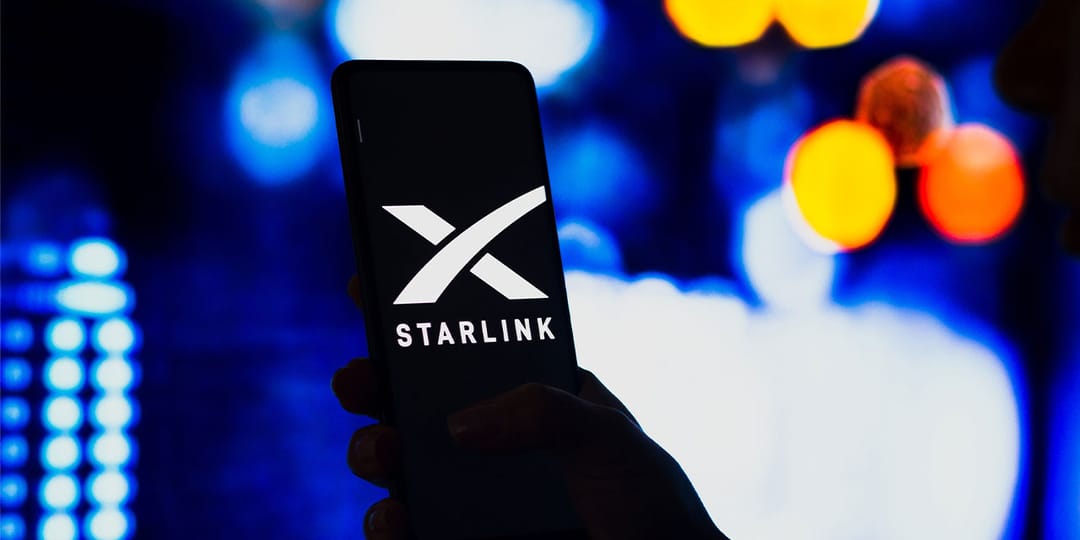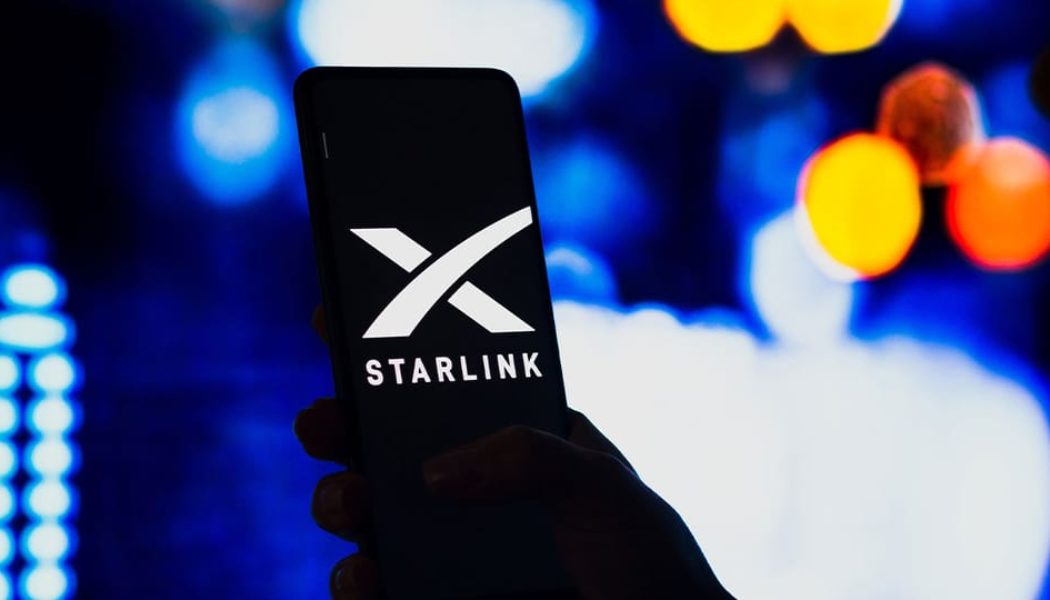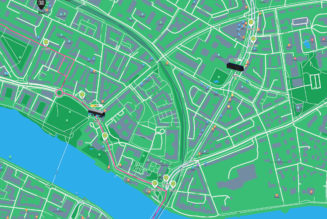
SpaceX‘s Starlink has revealed plans to launch a satellite-based SMS service, Direct-to-Cell, in 2024, as shown via its recent promotional website.
Testing for the services, in partnership with T-Mobile, was first revealed earlier this year and while its 2024 launch is highly anticipated, it will be limited to SMS service, with voice, data and IoT features not expected to be added until 2025.
Once it reaches its final form, Direct-to-Cell aims to offer an all-encompassing connectivity solution for texting, calling, and internet browsing across diverse terrains — enabling “ubiquitous access to texting, calling and browsing wherever you may be on land, lakes, or coastal waters,” according to the site.
As part of the partnership with T-Mobile, the cell provider is dedicating a portion of its 5G spectrum to Starlink’s second-gen satellites. In exchange, T-Mobile phones will gain satellite network access, achieving almost total coverage across the U.S.
In a press statement, Elon Musk recently said, “The important thing about this is that it means there are no dead zones anywhere in the world for your cell phone.” During the summer of last year, Musk shared in an X post that “Starlink V2,” “launching next year,” would “transmit direct to mobile phones, eliminating dead zones worldwide.”
However, this timeline was later adjusted in March 2023, indicating that testing would commence in 2023, ahead of commercial operations. Other considerations that might cause a delay in the full launch of services include the fact that the current 4,265 satellites are not compatible with the new cell service, meaning Starlink will need to launch additional microsatellites — once this network is launched, over the next couple of years, full services will likely become available.
In other tech news, Bowers & Wilkins collaborates with McLaren Automotive for a new Zeppelin wireless speaker.









